Researching history with the hope that your research will eventually turn itself into a book can take you places. It’s taken me to Colombo, a thriving port-city that, under the British raj, became the important capital of what was then British Ceylon, now Sri Lanka.
Colombo has always been a trading port. Ancient coins bearing the head of Roman emperors have been found when construction was underway for a new tourist hotel and a succession of foreigners, Moors, Portuguese, Dutch – my trading ancestors- and British had all laid claim to the island with various degrees of success. The ancient royal cities of the Sinhalese kings, dynasties going back 600 years, were in the interior, the so-called raja-rata, the royal country.
Kandy, the last royal city, enfolded into a barrier of misty hills, was the last to be yielded to the ingrisi, the British; a centuries old prophecy of a blind seer predicted that the kingdom would fall when horsemen rode through the rock wall of the Balane (‘Lookout’) Pass.
When the British sappers laid dynamite charges to the rock, the prophecy was fulfilled and Kandy fell, but it comes alive each August with the full moon perahara, the torchlight procession of elephants, drummers and dancers that goes on for several nights and is truly one of the most exciting in Asia.
But the island, miraculously, despite coming through a terrible civil war that lasted decades, never lost its traditions of crafts; basket weaving, pottery, woodwork, batik dyework and carpentry, local craftsworkers copying European styles, and the most skilled jewellers (Sri Lanka has a unique caste of gold workers, keepers of craft secrets passed down through families that once worked for kings and now sell to tourists).
And, surprising to many visitors who imagine women to be as surpassed and deprived of rights as those in the Middle Eastern lands, Sri Lankan women have always held their own, providing the world with its first female Prime Minister, Mrs Sirimavo Bandaranaike.
The craftswoman I met on the verandah of the guesthouse where I was staying was typical of the women who worked with their hands, making things of beauty that would stand the passage of time.
Saro had been called in to replace the sagging rattans of a set of chairs, made almost a 100 years ago by a local carpenter to an English design, but carried out in island hardwood. She sat beside the chair she was working on, and talked as she worked, laughing as she corrected my hesitant Sinhala that I learned as a child.
“Is it cold in Australia? I have heard people have to wear a lot of clothes. ” she asked.
When I say, yes, it does get cold; she shakes her head in disbelief. She is a Low Country woman; the hills of the interior are foreign to her, full of wild animals, ghosts and demons.
How long had she been working repairing and reseating chairs?
She laughs, and tells me, many years, her mother taught her how to do the work, when she was a girl. Now her skills are in demand, because all the hotels and restaurants want the colonial-look furniture, they’re buying old furniture and copying the designs in new materials. ‘Planters chairs’ are much in demand, rattan seated with long arms that could accommodate tired legs and a hole or indent to hold a glass.
As she works the pliable rattan she tells me about her village, the price of rice that has increased since last year and the hope for a good harvest. And when I have to leave to meet friends in the very popular reclaimed shopping precinct of the Dutch Hospital, she smiles, gracious, polite, and wishes me a safe journey.
When I fly back home I’m taking with me a set of peacock blue silk and cotton napkins that someone worked on, textiles that look and feel hand worked, subbed silk threads, colours as brilliant as the tropical sea and more easily portable than a planter’s chair.
And the memory of a warm, beautiful island that has a special place in my heart.
Got something to add? Join the discussion and comment below.
Got something to add? Join the discussion and comment below.
Get 10 issues for just $10
Subscribe to The Spectator Australia today for the next 10 magazine issues, plus full online access, for just $10.

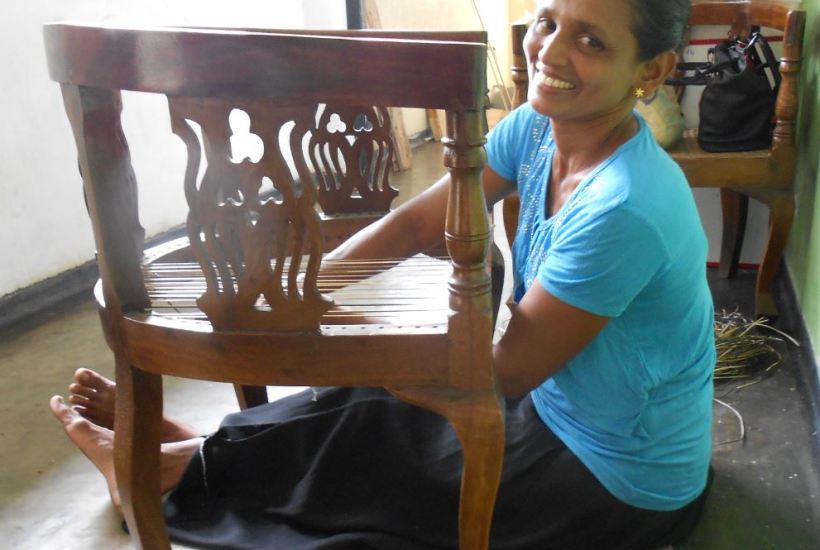
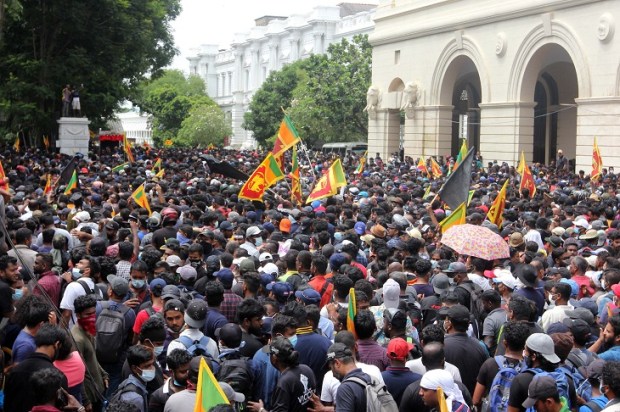
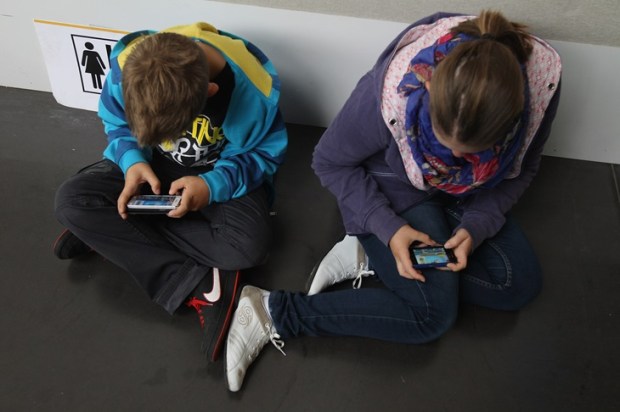
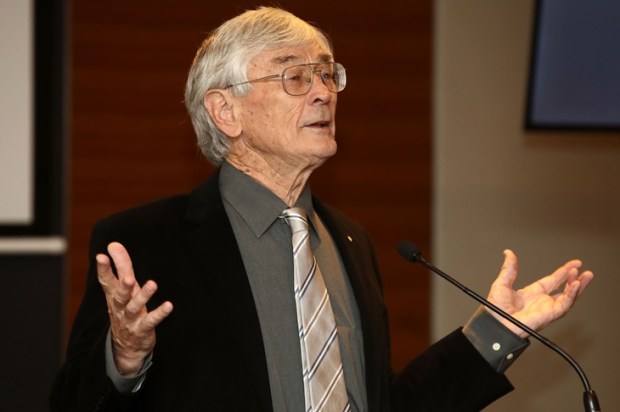
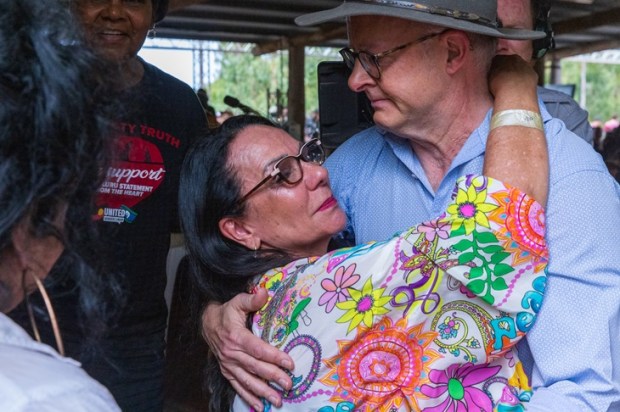

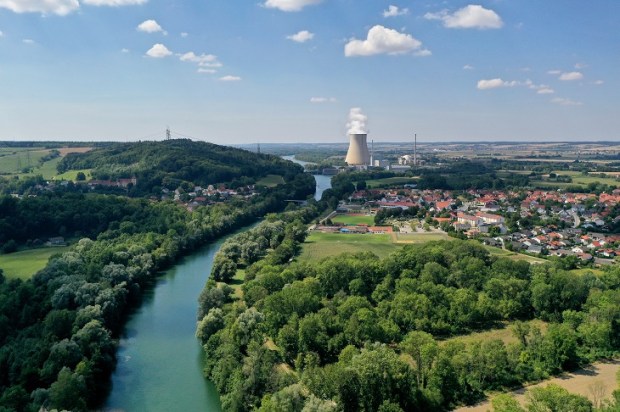


















Comments
Don't miss out
Join the conversation with other Spectator Australia readers. Subscribe to leave a comment.
SUBSCRIBEAlready a subscriber? Log in